CHARLESTON, W.Va. — While known for its forests and cool mountain air, West Virginia has nonetheless endured its share of blistering summer heat.
The following is an overview of its most significant heat waves and an examination of how West Virginia can benefit economically from investing in its traditionally cool summer temperatures.
Early 20th Century Extremes: 1901 and 1930s Heat Waves
Though overshadowed by the Dust Bowl era, the 1901 eastern U.S. heat wave was one of the deadliest and longest-lasting heat waves in American history prior to the 1930s. It extended across the Ohio Valley and into West Virginia during June and July, delivering prolonged high temperatures without reprieve.
July remains the hottest month ever recorded in West Virginia. Temperature highs in cities like Philadelphia and New York reached over 90°F consistently, but specific local measurements in West Virginia aren’t well documented. Nonetheless, the heat’s severity earned it the distinction as the hottest July on record in the state.
Two West Virginia extreme temperature records were set in the 1930s, according to the National Weather Service. The official all‑time high temperature for the state is 112 °F, recorded twice: first at Moorefield on August 4, 1930, and later at Martinsburg on July 10, 1936. These events marked peaks in the early‑modern era of extreme heat for the state.
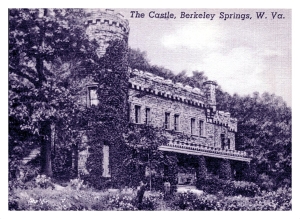
The 1936 date aligns with the infamous North American heat wave of 1936, widely recorded as among the most severe in U.S. history. Though West Virginia-specific daily data are sparse, the statewide record at Martinsburg on July 10 indicates its participation in that broader crisis. The 1936 heat wave produced record‑setting highs across at least 13 U.S. states, many of which still stand decades later.
Meanwhile, the 1934–35 drought and heat wave—part of the Dust Bowl era—caused extreme heat and drought conditions across the Midwest and mid‑Atlantic, with significant impact throughout West Virginia’s region, although state‑specific temperature totals are less well preserved. The death toll across affected states was estimated at 6,000–10,000 people
Regional Highlights and Record Context
West Virginia’s highest official temperature readings—112 °F—were measured in two locales: Moorefield (Aug 4, 1930) and Martinsburg (Jul 10, 1936). Martinsburg, situated in the lower‐elevation Eastern Panhandle, tends to experience hotter summers than the high Appalachian ridges; similarly, Moorefield lies in the warmer Potomac Valley.
Recent regional weather reporting confirms that those decades-old records still stand today. Moorefield and Martinsburg notched 112 °F in the early 1930s and 1936, and have not been surpassed since.
Modern Heat Waves: 2025 and Beyond
In June 2025, West Virginia experienced what meteorologists described as the worst regional heat wave since the 1930s. Charleston reached 97 °F, breaking a daily record from 1929, while Huntington saw heat‐index values between 100 and 105 °F across multiple days.
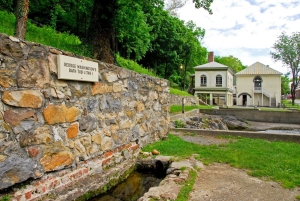
Humidity levels—driven by moisture from recent rains—fueled heat indices that made moderate highs feel far more oppressive. The heat wave triggered four consecutive days where “feels‑like” temperatures hovered above 100 °F.
This summer heat fits squarely into broader U.S. trends: the World Meteorological Organization declared 2024 the hottest year on record, and 2025 continues in a similar fashion. More than 200 million Americans were under heat advisories, and the impacts reached into West Virginia, compounding with other climate-driven hazards like flooding and methane leaks from abandoned gas wells.
Climate Change and the Intensifying Risk of Heat Waves
According to climate assessments, West Virginia’s average temperature has increased by roughly 1°F since the early 20th century, returning to levels comparable to the 1930s and early 1950s—a warming rebound following cooler mid-century decades.
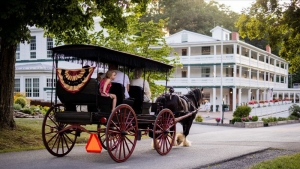
The number of very hot days (maximum temperatures above 95°F) has actually been below average in the early 2000s. However, warm nights—defined as minimum temperatures above 70°F—have been notably above average in recent years, suggesting nights are becoming less comfortable and that heat stress may intensify.
Looking ahead, models project that under a high‑emissions scenario, warming could accelerate dramatically: summertime temperatures may rise by 5–10 °F by 2100, with more frequent and intense heat waves, fewer cold snaps, and increased precipitation overall. Even on a lower emissions pathway, the likelihood of record‐breaking heat by mid‑century rises substantially.
Impacts and Implications
Historically, heat waves like those of 1901 and the Dust Bowl-era 1930s caused widespread disruption, from crop failures and livestock loss to heat‑related illness and death. While attribution for early 20th-century fatalities in West Virginia is limited, extended heat in urban centers (e.g., New York, Philadelphia) killed thousands nationwide; for example, July 1901 was linked to over 9,500 deaths across the eastern U.S.
In contrast, modern heat waves intersect with different vulnerabilities. High humidity coupled with high overnight temperatures can strain energy systems (as air conditioning use surges), and heighten health risks for residents without cooling access. The June 2025 heat wave coincided with existing climate-related stressors, such as increased flooding risk and infrastructure vulnerability in rural West Virginia.
What lies ahead for West Virginia
By the end of the century, climate models project unprecedented warming in West Virginia, with summer temperatures perhaps 5–10 °F higher than mid-20th-century norms. Under business‑as‑usual emissions, heat waves more intense than those in the 1930s could become routine; even under lower emissions, unprecedented heat by mid‑century is likely.
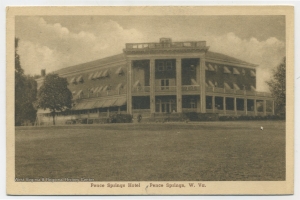
The state's densely forested terrain and mountainous elevations moderate summer temperatures in some parts, but communities in the valleys, such as Moorefield and Martinsburg, are most at risk. The Eastern Panhandle and Ohio River Valley, already prone to elevated summer heat, will likely face more frequent and longer-lasting heat waves.
West Virginia’s collective memory of heat waves is anchored in three key eras: the prolonged swelter of 1901, the peak extremes of the 1930s (including the state’s record high of 112°F), and the emergent intensifying heat captured in June 2025, the worst since those early events. While early-century heat waves caused widespread hardship amid limited infrastructure, modern heat waves layer on additional vulnerabilities—humidity, energy demand, health risks, and climate‑driven flooding.
Observational data show a modest warming trend (~1°F since the early 1900s), but projections are more stark. Under high-emissions pathways, West Virginia may face conditions historically unprecedented—long, humid summers with persistent temperatures over 95°F, frequent warm nights above 70°F, and an increasing burden on public health and infrastructure. Even moderate emissions scenarios point toward more heat stress by mid‑century.
As the Mountain State warms, local planners, communities, and public health agencies must prepare for a future in which the heat waves of the past may seem moderate compared to what lies ahead. Monitoring, early warning, energy resilience, and public cooling access will be critical in safeguarding West Virginia’s citizens.
West Virginia can develop as a cool-temperature destination
West Virginia was historically known as a vacation destination for travelers in search of cool temperatures. Before the invention of air-conditioning, resort towns such as Berkeley Springs and White Sulphur Springs filled with escapees from Southern heat in the summer.
Today, its communities can take several proven, evidence-based steps to help lower summer temperatures, both to cool neighborhoods directly and to reduce urban heat island effects.
Many of these strategies are recommended by the U.S. Environmental Protection Agency, National Oceanic and Atmospheric Administration, and state-level climate resilience plans:
1. Expand Urban Tree Canopy and Green Spaces
Tree planting and maintenance help shade streets, sidewalks, and buildings, lowering surface and air temperatures by several degrees.
- Strategic placement (e.g., along parking lots, near schools, and in downtown areas) can reduce heat buildup in paved zones.
- Riparian buffers along rivers and streams also cool surrounding areas and provide flood resilience.
- Evidence: Trees can reduce local temperatures by 2–9°F and significantly lower energy demand for cooling.
2. Promote Cool Roofs and Reflective Surfaces
- Cool roofs use lighter-colored, reflective materials that absorb less heat than traditional asphalt shingles.
- Cool pavements can be installed on sidewalks and parking lots to reflect more sunlight and store less heat.
- Municipal programs can offer incentives or rebates for homeowners and businesses to upgrade to reflective materials.
- Evidence: Studies show reflective roofs can reduce rooftop temperatures by 50–60°F and surrounding air temperatures by 1–2°F.
3. Encourage Green Roofs and Vertical Gardens
- Green roofs covered with vegetation absorb less heat than bare surfaces, improve insulation, and reduce stormwater runoff.
- Vertical greenery (walls with vines or planter systems) can lower heat absorption on building facades.
- Particularly useful in urbanized parts of Charleston, Huntington, Morgantown, Martinsburg, where rooftops dominate surfaces.
4. Increase Access to Public Cooling Infrastructure
- Public cooling centers help residents avoid heat stress and reduce reliance on individual air conditioning.
- Installing misting stations and shaded community gathering spots in parks can cool public areas naturally.
5. Implement Heat-Smart Urban Planning
- Reduce large asphalt lots or design them with more permeable, lighter-colored materials.
- Zoning updates to require shade trees or reflective surfaces in new developments.
- Encourage clustered development to preserve forests and natural landscapes, which help keep air temperatures lower.
6. Protect and Restore Natural Landscapes
- Forested hillsides are crucial to keeping regional temperatures moderate; loss of tree cover increases heat retention.
- Wetlands and streams moderate microclimates and provide cooling effects, making their restoration an important climate adaptation measure.
7. Promote Energy Efficiency
- More efficient buildings produce less waste heat, lowering ambient outdoor temperatures in urban cores.
- Community solar programs and renewable energy use reduce emissions contributing to long-term warming.
8. Public Education and Local Initiatives
Launch community campaigns to encourage:
- Planting trees on private lots.
- Using window shades, light-colored paints, and energy-efficient cooling.
- Develop heat action plans that identify neighborhoods most vulnerable to heat and prioritize cooling interventions in these neighborhoods.
By combining nature-based solutions (trees, green spaces), built-environment upgrades (cool roofs, permeable pavements), and heat action planning, West Virginia communities can lower local summer temperatures and protect public health, especially as climate change increases the risk of severe heat waves.
Sign up to receive a FREE copy of West Virginia Explorer Magazine in your email weekly. Sign me up!
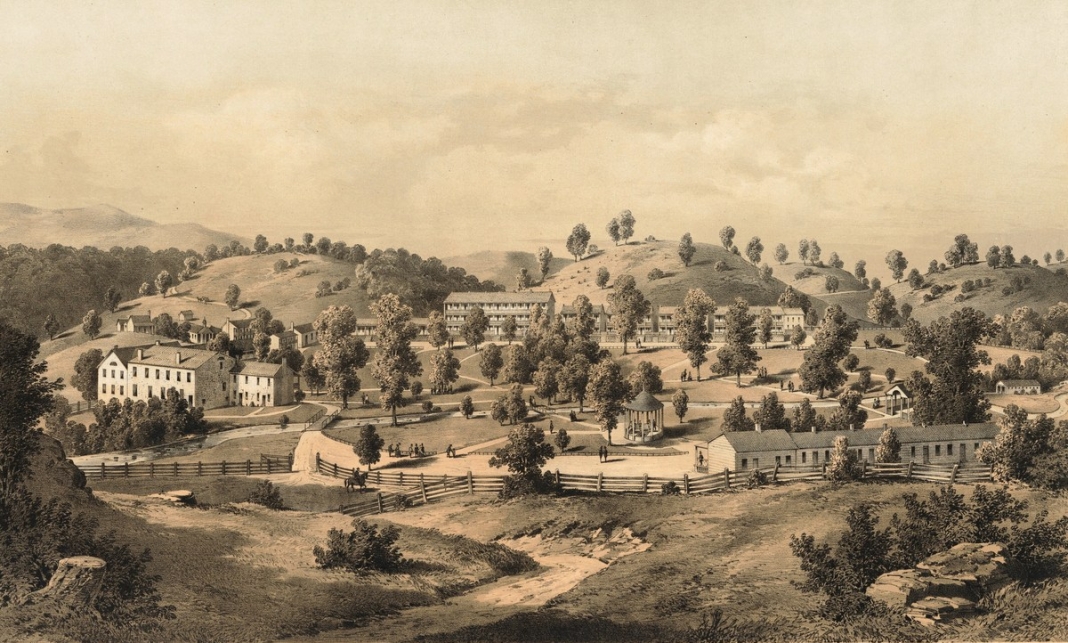

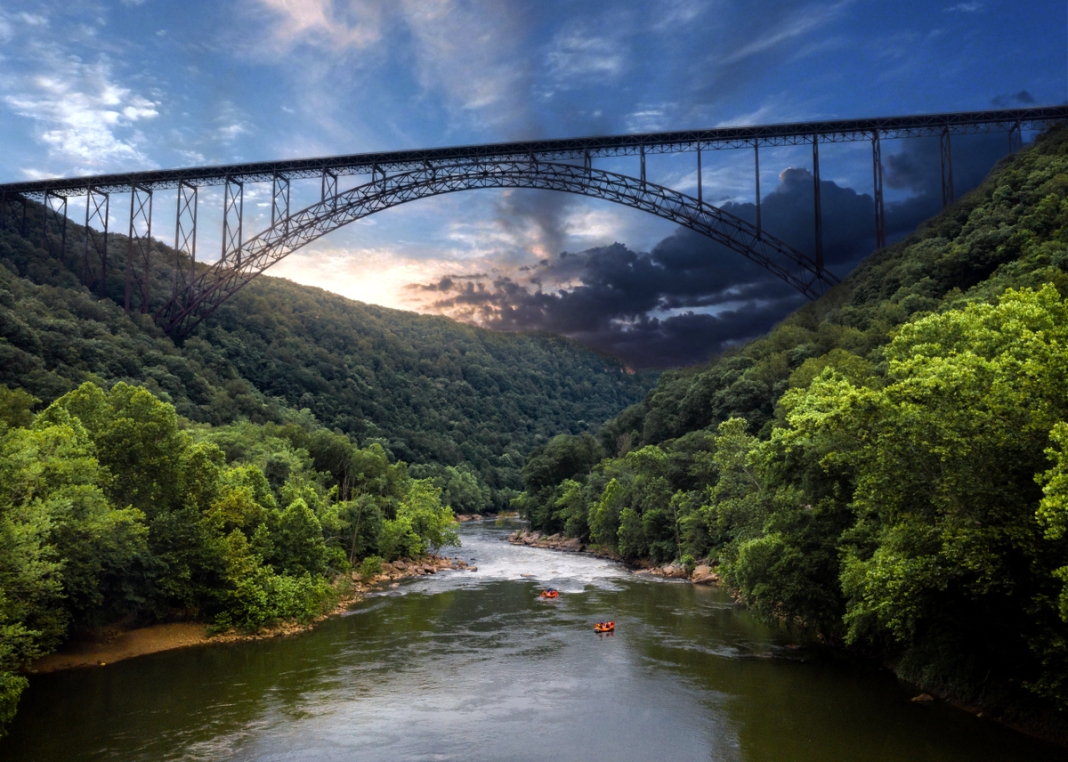
Climate change? Your own article states it has been much hotter multiple times spanning over a hundred years ago........